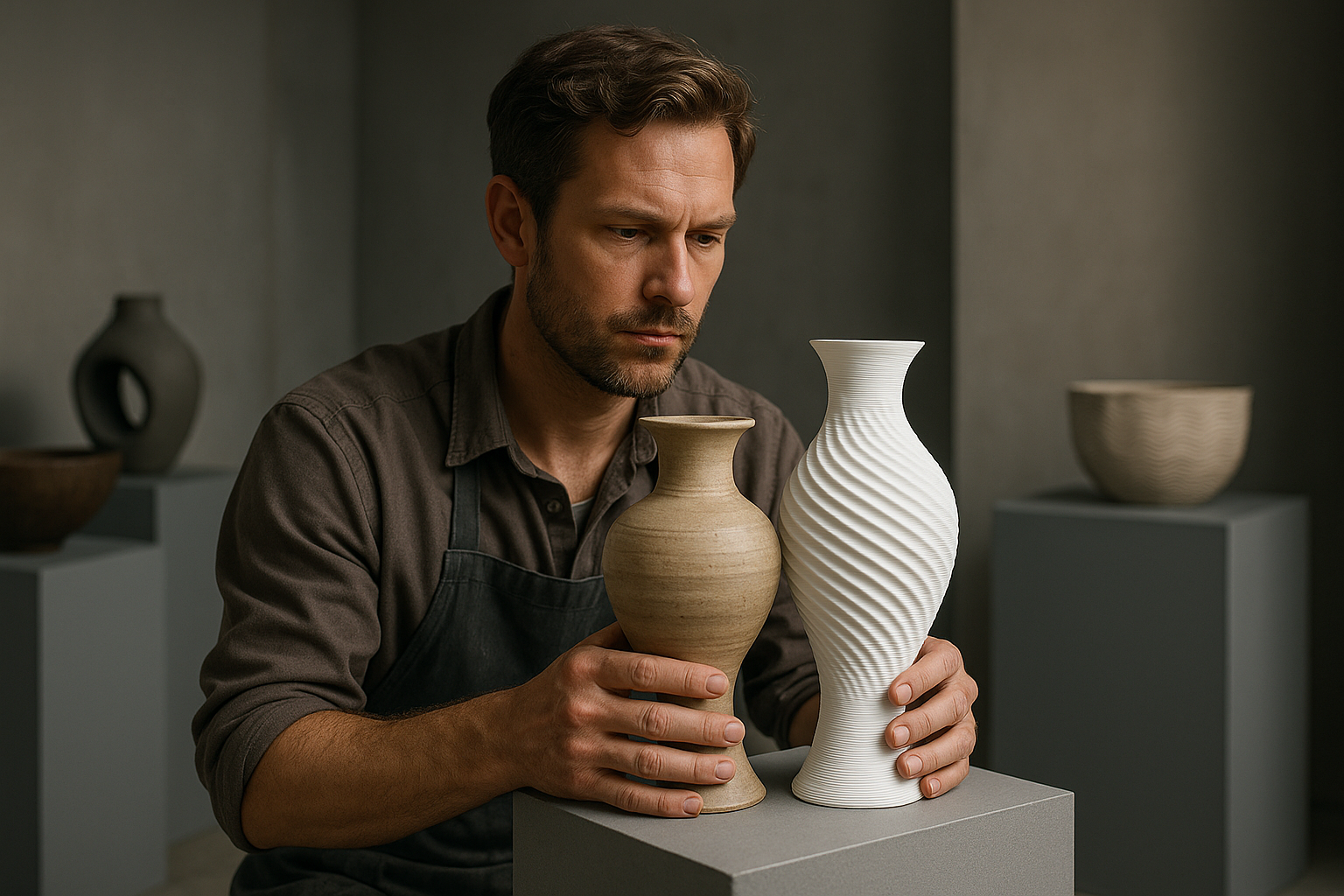Bridging the Gap: Melding Ancient and Modern in Contemporary Ceramics
Ceramics, an ancient art form with a rich history, continues to evolve with modern trends and innovations. This article will delve into the fusion of tradition and modernity in contemporary ceramics, shedding light on how artists are redefining this timeless medium.

The Ascent of Ceramics: A Historical Overview
Ceramics is a craft as old as civilization itself. Originating from the Greek ‘keramos’ meaning ‘potter’s clay’, ceramics have been a fundamental part of human culture for thousands of years. Traditionally, ceramics were utilitarian, used predominantly for creating vessels and containers. Over time, ceramics evolved into an artistic medium, with artists using clay to express their creativity and reflect their societies.
Contemporary Ceramic Movement: An Artistic Renaissance
In recent years, ceramics have undergone a renaissance within the contemporary art scene. Artists are pushing the boundaries of this age-old medium, blending ancient techniques with modern aesthetics. This movement has been propelled in part by a renewed interest in handmade objects and a desire to reconnect with the physicality of art-making. From abstract sculptures to avant-garde installations, contemporary ceramics are demonstrating their versatility and artistic potential.
The Impact of Modern Innovations on Ceramics
Technological advancements have played a significant role in the evolution of ceramics. Digital technologies, in particular, have opened up new possibilities for ceramic artists. 3D printing, for example, allows artists to create intricate designs that would be nearly impossible to achieve by hand. Despite these advancements, many artists still choose to incorporate traditional techniques into their work, creating a unique blend of old and new.
The Reception and Significance of Contemporary Ceramics
Contemporary ceramics have been well-received in the art world, with works being showcased in prestigious galleries and museums worldwide. Critics have praised the innovative use of traditional techniques and the exploration of new forms and concepts. The significance of this movement extends beyond the art world, reflecting broader societal trends towards sustainability and a return to artisanal practices.
In conclusion, contemporary ceramics are a testament to the enduring relevance of this ancient art form. By melding tradition with modernity, ceramic artists are creating works that are both innovative and deeply rooted in history. As ceramics continue to evolve, they promise to remain a vibrant and vital part of the global art scene.




